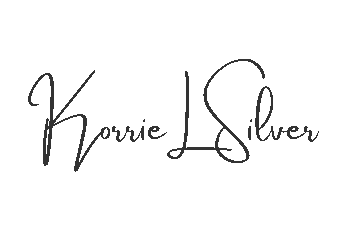I invite you to share your thoughts or connect with me for personalized strategies. You can schedule a complimentary 15-minute call with me below.

Introduction
Having established a solid understanding of financial literacy in our previous blog, it’s time to focus on practical steps that women can take to achieve financial independence. Financial independence is not merely about having money; it’s about having the knowledge and skills to make informed financial decisions that align with your goals and values. In this post, we will explore actionable strategies that can help you create a personal financial plan, build savings, invest wisely, and manage debt effectively.
Creating a Personal Financial Plan
Goal Setting: Establishing clear, achievable financial goals is the first step toward financial independence. Goals should be Specific, Measurable, Achievable, Relevant, and Time-bound (SMART).
Action Step: Write down your financial goals, whether it’s saving for a home, planning for retirement, or building an emergency fund. Break these goals down into smaller, actionable steps.
Budgeting: A well-structured budget is crucial for tracking income and expenses. This will help you understand where your money is going and identify areas where you can save.
Action Step: Use budgeting tools or apps (like Mint, YNAB, or Excel spreadsheets) to create a monthly budget. Review it regularly to ensure you stay on track.
Building an Emergency Fund
Importance of an Emergency Fund: An emergency fund provides financial security during unexpected events, such as job loss or medical emergencies. Aim to save three to six months’ worth of living expenses.
Action Step: Start by setting a small, manageable savings goal (e.g., $500) and gradually build up to a larger fund. Open a separate savings account specifically for emergencies to avoid dipping into these funds for regular expenses.
Investing for the Future
Basics of Investing: Investing is essential for growing your wealth over time. Understand the different types of investment vehicles available, such as stocks, bonds, mutual funds, and ETFs (Exchange-Traded Funds).
Action Step: Begin by educating yourself on investment options through online courses or investment books. Consider starting with a retirement account (like an RRSP or TFSA in Canada) to take advantage of tax benefits.
Retirement Planning: Start planning for retirement as early as possible. The earlier you begin investing, the more you can benefit from compound interest.
Action Step: Determine how much you need to save for retirement based on your lifestyle goals and use retirement calculators to guide your savings plan
Debt Management Strategies
Understanding Debt: Differentiate between good debt (investments that can grow your wealth, such as student loans or mortgages) and bad debt (high-interest debt like credit cards).
Action Step: List all your debts and prioritize paying off high-interest debts first. Consider using the Debt Snowball or Debt Avalanche methods to tackle debt efficiently.
Credit Scores: Maintaining a good credit score is crucial for accessing loans and favorable interest rates.
Action Step: Check your credit report regularly and dispute any inaccuracies. Make timely payments and keep your credit utilization low to improve your credit score.
Conclusion
Achieving financial independence is a journey that requires careful planning, discipline, and ongoing education. By creating a personal financial plan, building an emergency fund, investing for the future, and managing debt effectively, you can take significant steps toward securing your financial future.

